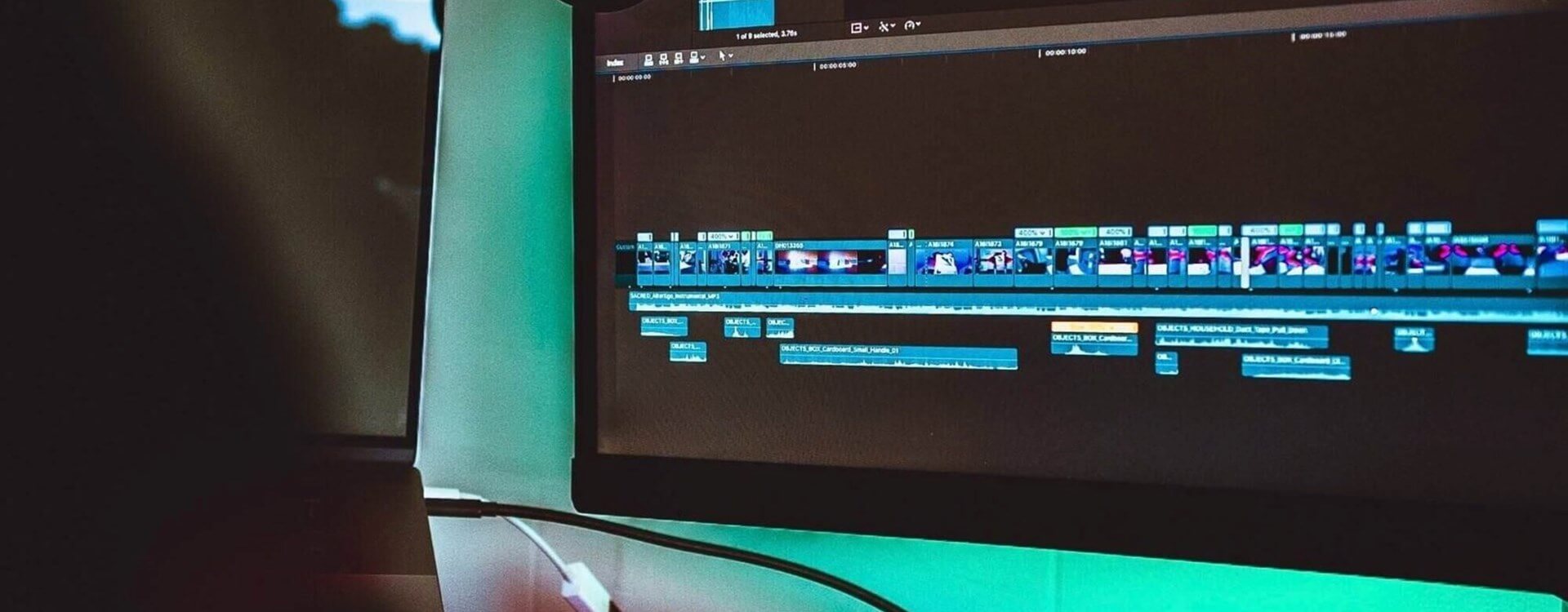Highlights
Table of Contents
Explore article topics
Whether or not you do free work is a very controversial topic. Get paid what you’re worth, that’s what most professional creatives believe (including myself). If you earn a living as a professional creative, you put way too much time, energy, heart and soul into what you do just to give it away. And one of the biggest mistakes I see professional creatives make (especially in the pro video world), is not charging enough for their work.
So it may seem confusing, contradictory, or even hypocritical when I tell you that giving away your work should be part of your marketing strategy. The question is, when, why, and how to do it in a manner that supports your brand and actually yields the results you want.
It’s Not Charity
For the purposes of this article, I am not going to talk about charity work. I think that is a very good way in fact to get your work out there and network with prospective clients. (Besides, I think it’s important to use your gifts to give back, regardless of whether or not there is any business reward). What I want to address is when does it make sense to take on a “regular” gig for past, present or prospective client strictly for the purposes of helping your business.
A friend of mine was telling me about a job they did for an influencer with a large following. They had done paid work for this person and now this influencer wanted to know if my friend would do another project for free—for the exposure.
But here’s the thing. My friend had already done enough work for this high profile person that any benefit they would have received from that exposure would have kicked in already. Add to that the fact that many other creatives in my colleague’s industry had also done a number of freebies for this influencer such that my colleague would just be one many professional filmmakers looking to get exposure. I kind of liken it to vultures or hyenas that follow a tiger or lion around to get its scraps after the kill.

I’ve seen it happen many times. A creative professional does free work for an influencer or large brand in hopes of exposure. At some point, the creative professional wants to get paid for the work they do for that influencer/brand. Said influencer/brand moves on to the next creative professional willing to work for free.
First, there is absolutely nothing wrong with this. Both parties are adults and go into any kind of arrangement knowing what they will get out of it. The creative professional gets exposure; the influencer/brand gets work. I pass no judgment on this way of doing business. Mainly because it has been a strategy of mine for years. (Where I’m the creative professional, not the influencer. Just to be clear. )
Get unlimited royalty-free 4K footage
When You Should Work for “Free”
At some point, the creative professional needs to know when they have reached the point where additional free work no longer has benefits. So, here are some things I’ve learned over 20 years as to when it makes sense to do work for “free.” (I should note that “free” just means, not getting paid in your country’s currency a fair rate for the work you do. But there are other forms of “payment” or value that you can earn.)
1. Exposure
As I mentioned earlier, the main reason you may do work for free is that it could give you a tremendous amount of exposure. I once did a free recap video for an international photography convention to get exposure to over 10,000 attendees and hundreds of vendors. That gig led to tens of thousands of dollars of paid work over the next 3-4 years from just that company, not to mention the tens of thousands of jobs I got from vendors and attendees. In fact, in that first “free” job I did for them, I was assigned an $8,000 gig for Adobe (keep in mind this was in 2007 dollars) to do a series for the release of Lightroom. The trick when doing work for exposure is knowing when you’ve gotten all you can expect to get out of the “free” work and it’s time to start actually getting paid. Sometimes that high profile client will hire you for future gigs. Sometimes they won’t.
2.To build your portfolio
One of the first times you may do work for free is when you’re just starting out. You know you need something to show prospective clients, so you may have to do a few jobs for free (or really cheap) in order to build up a portfolio of work to show. The question you need to answer in this case is “When am I ready to start charging?” The answer to that depends on you. If you do an amazing job for free—let’s say a video or photoshoot that looks like it costs $50,000—assuming you have good sales skills, there’s no reason why on your next job you couldn’t charge $50,000. If the value is there, the clients who recognize it and need it will pay it. (The hard part is finding them, but that’s fodder for another blog post).
3. To diversify your portfolio
Let’s say you’re a seasoned commercial filmmaker and content creator with 10+ years of experience. Your pricing and branding are firmly established. You have no need for exposure. But, maybe you’ve never shot a virtual reality job. It’s a job that would push your creative muscles and require you to step out of your comfort zone. But it’s work you want to do and market. So you may take a free VR gig for that reason.
4. Connections
You may decide to do a free job if the relationship with that client will give you connections you would never get otherwise. The caveat here is to make sure you are confident those connections will really pan out. Don’t go into such a job assuming the client will connect you to whomever you want to be connected with. You either need to have a high level of trust that they will deliver on any promises to connect you. You may even want to build it into your contract. This one is kind of tricky because oftentimes the connections you think will be so great really aren’t. You need to decide that for yourself.
5. Bragging rights
It may be worthwhile to do a gig for free just to have that client on your client list. To be able to say you shot a celebrity’s wedding or you did a music video for a hot musician, can be a huge selling point for your business.
When You Should NOT Work for “Free”
Just as important as knowing when it makes sense to do a job for free, is knowing when you shouldn’t. In fact, you could argue that’s more important. Basically, if you are not absolutely sure what your business will get out of a freebie (e.g. large exposure to an audience that does not already know you, adding work to your portfolio that is unlike anything you’ve ever done, etc.) then chances are, you should not do it.
Even if you know what the business reward is, there may be other reasons you don’t take a free job; like how that job will affect your family life; what the personality of the client is like and if that is something you can stand; what effect will it have on your health; do you get to have the right to use the work in promotions (doing work for a Hollywood celebrity could come with limitations that make doing it for free not at all worth it). All of these must be taken into consideration.
Lastly, if you decided to take on such a gig, don’t skimp on the quality just because you’re not getting paid in currency. Put all the heart and soul you would normally put into it had the client paid you financially. Your reputation and integrity are not worth sacrificing. So if you can’t do such a job at the highest possible level, just don’t do it at all.
For nearly 20 years, Ron has been a professional video producer, content marketer, and influencer in the visual arts industry. Most recently was managing editor of the Frame.io blog and currently managing editor of Film Riot. He helps brands and creative artists tell their stories using video, content, and words. You can learn more about him at https://bladeronner.media.
Share this article
Did you find this article useful?
Related Posts
- By Artlist
- 9 MIN READ
- By Yoni Yampolsky
- 12 MIN READ
Latest Posts
- 25 Apr
- By Josh Edwards
- 4 MIN READ
